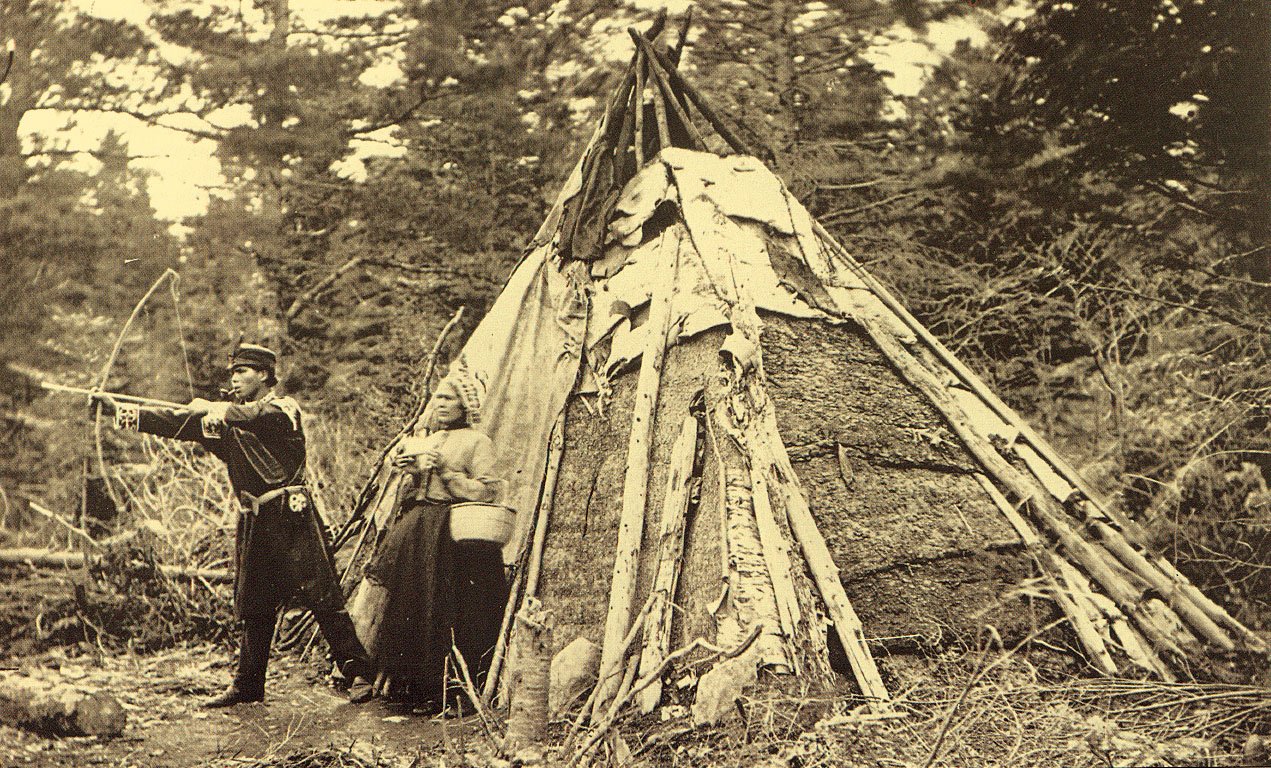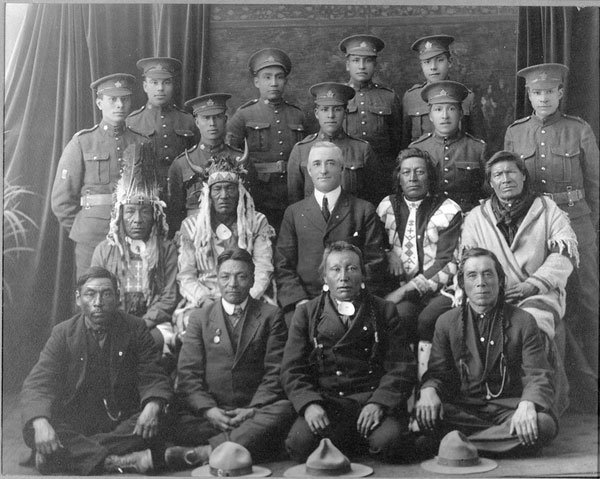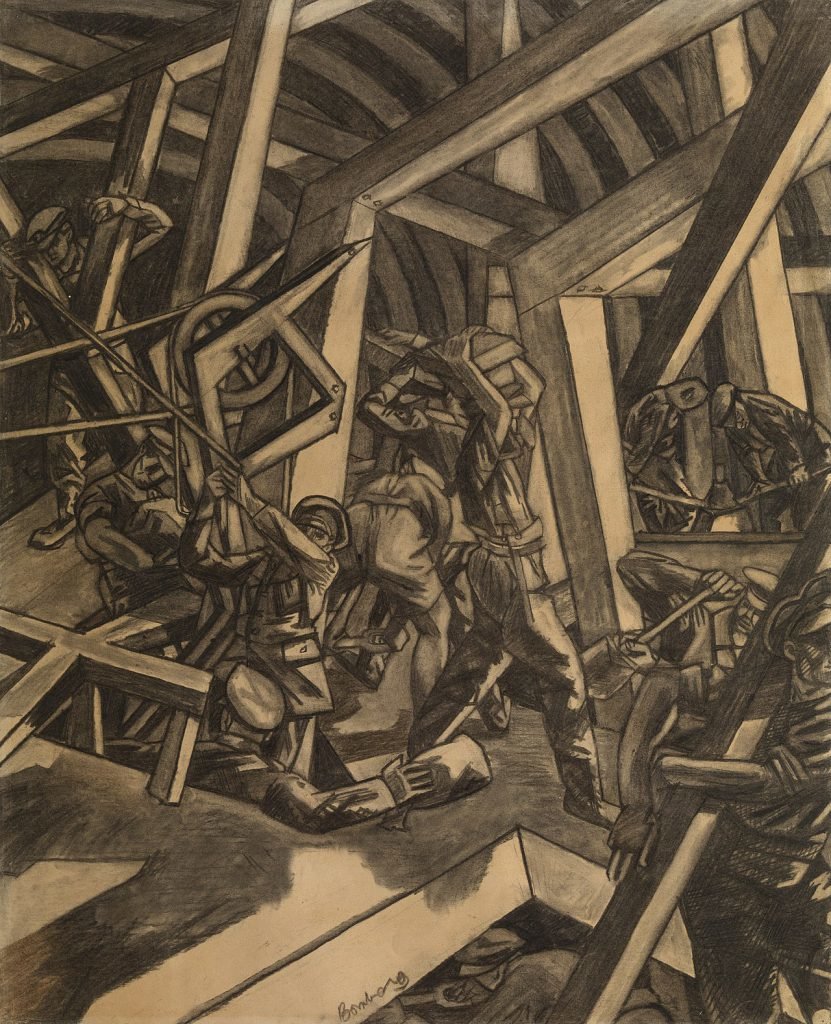The Mi’kmaq Warriors Have Served in the U.S. Military Since America’s Declaration of Independence

Miꞌkmaq People (1873) have served in the United States military since the country’s inception. Photo courtesy of Wikimedia Commons.
On July 19, 1776, delegates signed the Treaty of Watertown signifying a treaty of alliance and friendship between the Mi’kmaq Nation of northern New England and Canada and the United States. During the American Revolution, General George Washington aligned with the Mi’kmaq warriors to secure the northern border. Ten days prior to the signing of the historic treaty, a ceremonial event sealed a long-standing relationship that had existed since the very beginning of America’s history.
“The United States now form a long and strong chain, and it is made longer and stronger by our brothers of the St. John’s and Micmack Tribes joining with us, and may Almighty God never suffer this chain to be broken,” read James Bowdoin Esq., the president to the council. “In pursuance and in full confirmation of what has in these conferences been agreed upon between us, we now lay before you certain articles of alliance and friendship which if you approve of them, we propose shall be mutually signed by you in behalf of the St. John’s and Micmack Tribes on the one part, and by us in behalf of the United States of America on the other part.”

The treaty was the first to recognize the United States as an independent nation and is still honored to this day, providing the people of the Mi’kmaq Nation the ability to serve alongside Americans in combat whether born in the United States or elsewhere. Some, however, volunteered to join the Canadian Expeditionary Force, including Sam Gloade, who enlisted with the 64th Battalion alongside a friend after they realized felling trees in the woods wouldn’t offer as stable a lifestyle as life inside the army. Gloade, a former river guide and lumberjack, went to France to fight in World War I, where he served with the 1st Canadian Tunnelling Company made up of former miners. They were tasked with tunneling underground toward German trenches.
His regiment became trapped in an encased tomb, or so they thought, when a shaft inside one of the trenches collapsed. Gloade used his bare hands to dig out to “no man’s land” and did so for hours. He was credited with single-handedly saving the lives of 20 of his troops for this action and was awarded the Distinguished Conduct Medal, the second highest medal for gallantry.
“It’s something to be an Indian, after all,” Gloade said in an interview with Thomas H. Raddall in 1944. “You look at a piece of country and it’s like a picture in your mind. I remembered the long dip of the ground between our front line trench and the Germans.”

Another warrior from the Mi’kmaq Nation was Michael Seeley, a 27-year-old U.S. Army soldier who was killed in action on Oct. 30, 2006, while on patrol in Iraq. Seeley was on his second tour, having reenlisted after serving with the Marine Corps. Seeley was among several other Canadian-born aboriginals to serve during the global war on terrorism.
Ronald Augustine, a 23-year-old from the Mi’kmaq Nation hailing from Nova Scotia, participated in the invasion of Iraq in 2003. Augustine served as a machine-gunner in the Marines. “We see the United States and Canada as being one,” Augustine’s mother told The Globe and Mail, “and if they attack the United States, they are attacking us.”

Matt Fratus is a history staff writer for Coffee or Die. He prides himself on uncovering the most fascinating tales of history by sharing them through any means of engaging storytelling. He writes for his micro-blog @LateNightHistory on Instagram, where he shares the story behind the image. He is also the host of the Late Night History podcast. When not writing about history, Matt enjoys volunteering for One More Wave and rooting for Boston sports teams.
BRCC and Bad Moon Print Press team up for an exclusive, limited-edition T-shirt design!
BRCC partners with Team Room Design for an exclusive T-shirt release!
Thirty Seconds Out has partnered with BRCC for an exclusive shirt design invoking the God of Winter.
Lucas O'Hara of Grizzly Forge has teamed up with BRCC for a badass, exclusive Shirt Club T-shirt design featuring his most popular knife and tiomahawk.
Coffee or Die sits down with one of the graphic designers behind Black Rifle Coffee's signature look and vibe.
Biden will award the Medal of Honor to a Vietnam War Army helicopter pilot who risked his life to save a reconnaissance team from almost certain death.
Ever wonder how much Jack Mandaville would f*ck sh*t up if he went back in time? The American Revolution didn't even see him coming.
A nearly 200-year-old West Point time capsule that at first appeared to yield little more than dust contains hidden treasure, the US Military Academy said.












